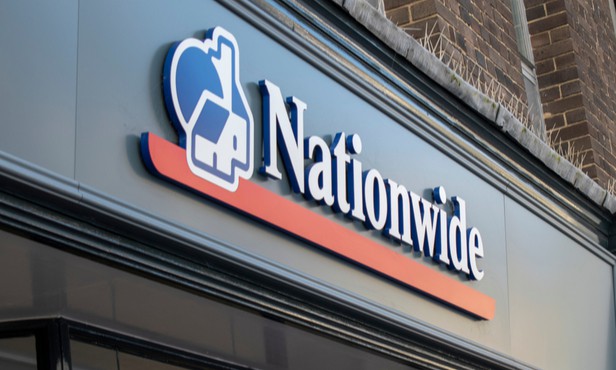Nationwide has launched the Sunflower scheme across all its 650 branches.

Nationwide has launched the Sunflower scheme across all its 650 branches.
The Sunflower scheme is designed to enhance support for members with hidden disabilities, and will enable members to self-identify where they may need additional support.
As part of the launch, the building society will provide quiet hours in branches, which is aimed at those who may be sensitive to noise.
In addition, a visual guide of a branch will be available online to help members with autism prepare for a visit.
The building society initially launched the Sunflower scheme at the beginning of the year across 23 branches.
Furthermore, lanyards will be available for members to wear to identify that they have a hidden disability, or a member can put a sticker in their passbook or card, which will allow them to be recognised.
Increased training will also be provided to staff to assist them in supporting members with hidden disabilities.
Mandy Beech, director of membership propositions at Nationwide Building Society, said: “Many of our members are living with a hidden disability and just by making a few changes we can make our branches a more welcoming place for them.
“It is often the small things that make the biggest difference and by supporting the Sunflower Lanyard Scheme we are making it easier for members to alert our colleagues about their condition and the additional support they may need.
“This is more important than ever during the pandemic where some our members may be more anxious about visiting a branch or may be unable to wear a face covering because of their hidden disability.”
Paul White, chief executive of the Hidden Disabilities Sunflower Scheme, added: ‘We are thrilled that Nationwide Building Society is rolling the Sunflower Scheme out across its branches to support its colleagues and members who have a hidden disability and may need some extra time, patience or support.
“By supporting the Sunflower and understanding its meaning to the wearer, you will discreetly be able to recognise that a person has a hidden disability and in essence, make the invisible, visible.”



